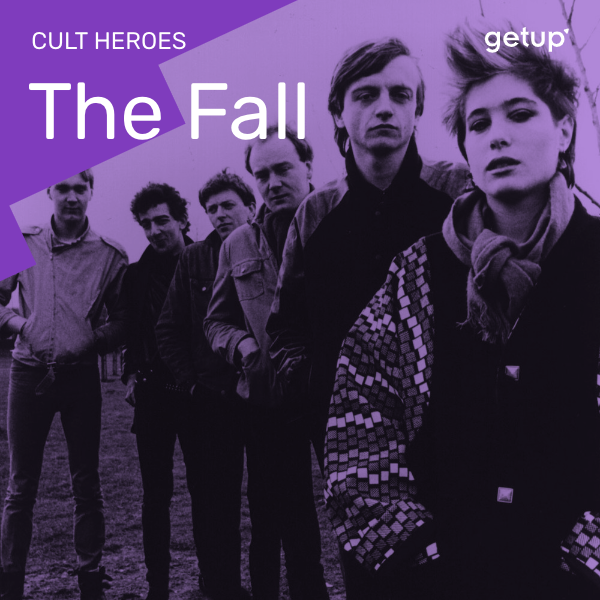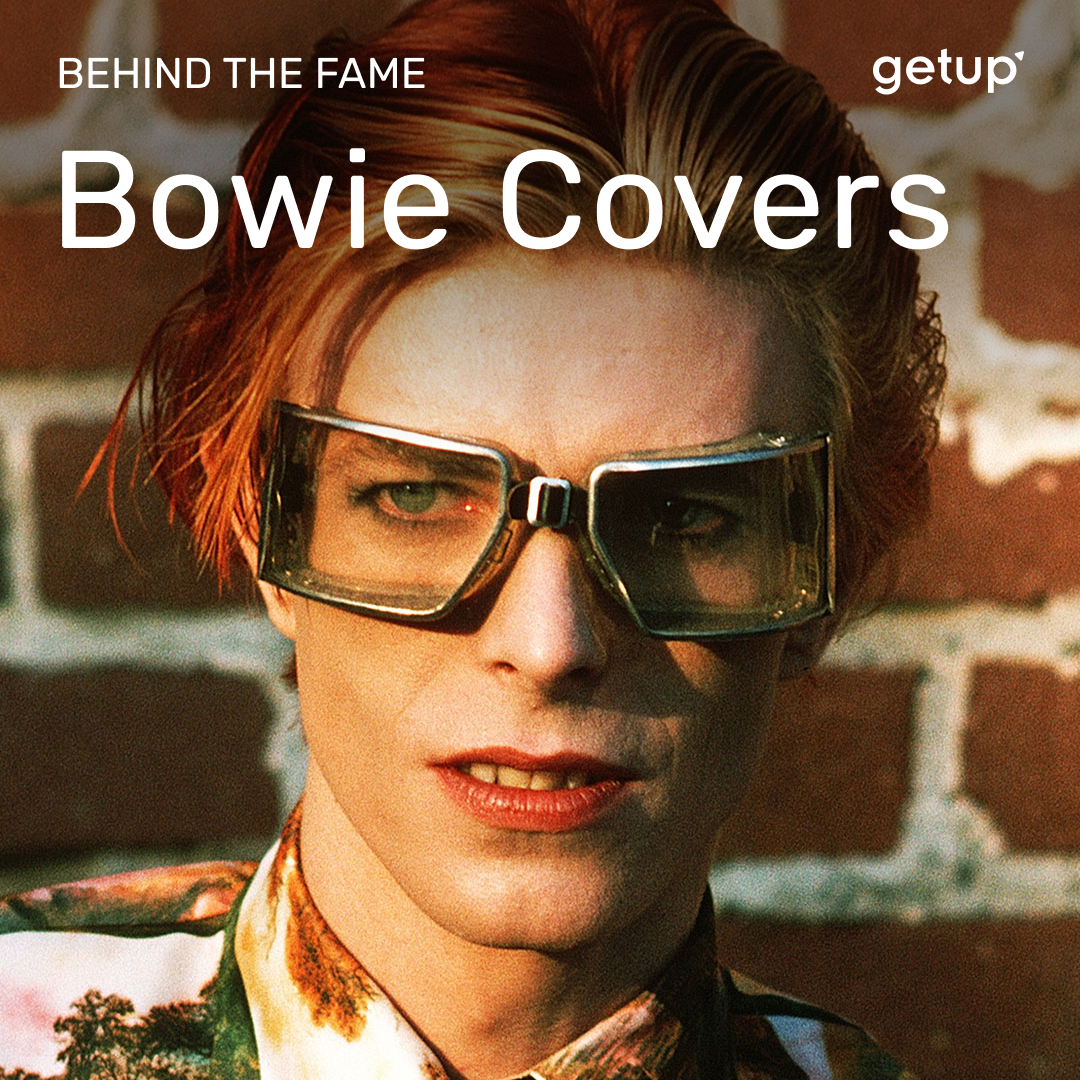Away from the acid house boom of the late 80s, a very different kind of DIY sound began to emerge from bedroom studios across the UK.
In the late 1980s acid house dominated UK club culture and Manchester’s Hacienda nightclub was the epicentre. The “Madchester” scene saw local bands, like Happy Mondays and The Stone Roses, achieve massive crossover success with music that combined elements of acid house with indie and psychedelia. The once underground house music genre had begun to creep steadily into popular culture. Around this same time a very different sound started to emerge within the inner city areas of Manchester, as well as London, Bristol and Birmingham.
Inheriting the smooth, soulful feel of Brit-funk groups like Freeez and Hi-Tension, street soul, as it would come to be known, rejected the uptempo, ecstasy-driven, and largely white, world of acid house and rave culture. The street soul sound combined swinging drum machine beats with lovers rock lyricism, bubbly synth riffs and reggae basslines. Made in bedroom studios on tiny budgets, released by small DIY labels in limited numbers and aired almost exclusively on pirate radio stations, the street soul scene existed within dedicated tight-knit communities and many releases never experienced any mainstream success.
It’s perhaps why, several decades on, some original pressings from the era fetch such high amounts on sites like discogs, and why many of the gems from the period are only just being heard by a wider audience. The past few years have seen a resurgence in the popularity of street soul, there have been contemporary takes on the sound from artists like Ruf Dug, Lynda Dawn and Jamma Dee, as well as a string of highly-anticipated reissues. The label Isle of Jura have just recently released Bassline’s 1989 track You’ve Gone, while in 2020 London DJ duo Heels & Souls reissued Special Touch’s highly-prized 1991 LP Garden of Life. Last year also saw the US label Invisible City Editions bring together a collection of tracks from the duo Soul Connection, taken from their 1988 LP Rough & Ready and 1990’s Raw Street Soul.
One half of the Soul Connection duo, Toyin Agbetu was a central figure within street soul and the development of the sound. Toyin was a big fan of US artists like SOS Bands and Cherrelle but didn’t have the budget to afford pricey instruments or proper studio equipment. The resulting “raw” sound came to define the genre and inspired many more releases, both from Agbetu himself under his various aliases and from other emerging artists across the UK, such as the Bristol duo Smith & Mighty.
As much as street soul appeared in opposition to house music, there were labels like V4Visions who released music that sat somewhere in the middle of the two genres. Julie Stapleton and Ashaye were two artists on the label whose music combines the hazy yearning of street soul with deep house production. The prominent use of drum machines also meant that street soul began receiving regular plays at hip-hop nights, with tracks like Fifth of Heaven’s Just a Little More becoming a popular crossover track.
With the exception of groups like Loose Ends and Soul II Soul, many pioneering artists within the scene never achieved success at the time outside of the underground. Promotion was limited to pirate radio stations, club plays and word of mouth, with many records remaining in the hands of a small community of collectors. The pirate radio DJs would eventually move onto garage, jungle and grime but, thankfully, the street soul legacy lives on. Its influence can be heard in the neo-soul music of Martine Girault and Erykah Badu, Brazilian artists like Fernanda Abreu, and modern-day producers like Ruf Dug and Jamma Dee, who continue to push the sound to eager new listeners.
.jpg)






.jpg)